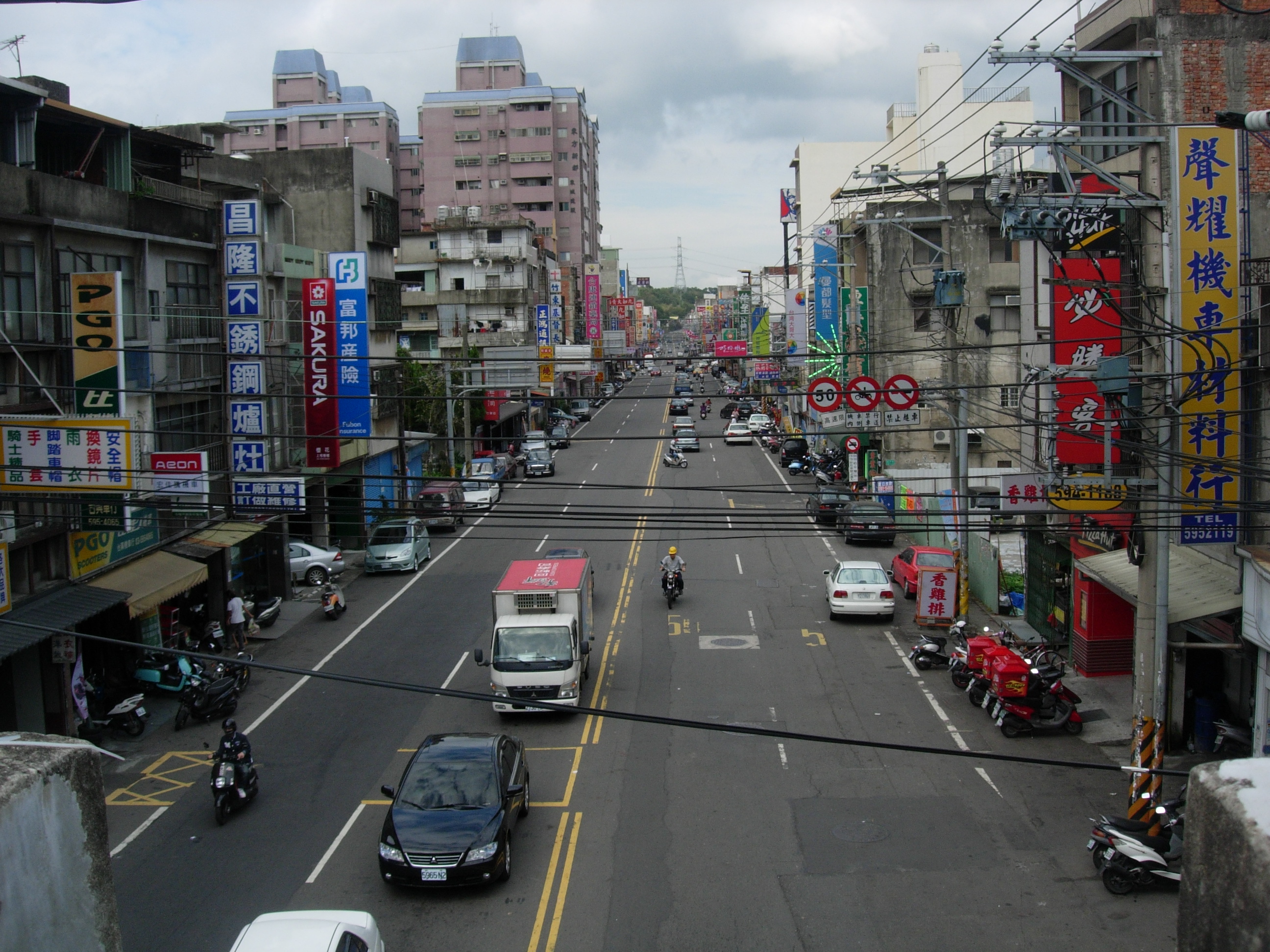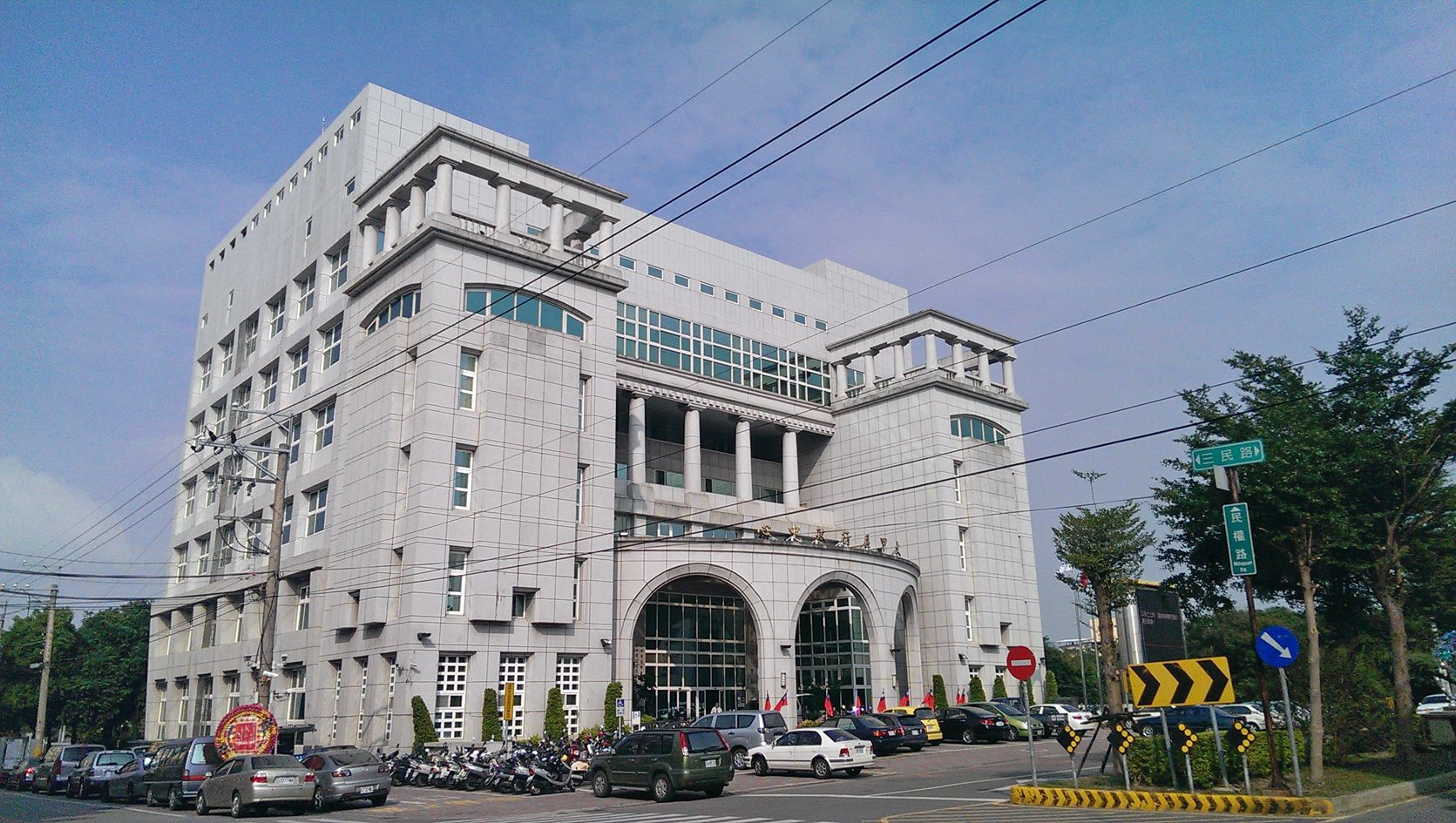|
Pitou Township
Pitou Township () is a rural township in Changhua County, Taiwan. The district had a population of 29,314 as of January 2023 and an area of . One of the attractions in Pitou is the Kopok Flower Boulevard. Administrative divisions The township comprises 17 villages: Beitou, Dahu, Fuzhao, Gexing, Heli, Lilun, Liujia, Lunjiao, Lunzi, Pingyuan, Xingnong, Xinzhuang, Yongli, Yuanpu, Zhonghe, Zhuangnei and Zhuwei. Education * MingDao University MingDao University (MDU; ) is a private university located in Pitou Township, Changhua County, Taiwan. MingDao's specialized areas of research include renewable energy engineering (especially solar, wind, and hydrogen), and its Department of P ... Tourist attractions Nanyun Temple in Pitou is one of the stops on the annual Dajia Matsu pilgrimage.Buchan, NoelWalking with Matsu ''Taipei Times'', 7 April 2011. Transportation Pitou is adjacent to National Highway No. 1, with Zhangshui Road another major arterial route through the townshi ... [...More Info...] [...Related Items...] OR: [Wikipedia] [Google] [Baidu] |
Chinese Character
Chinese characters () are logograms developed for the Written Chinese, writing of Chinese. In addition, they have been adapted to write other East Asian languages, and remain a key component of the Japanese writing system where they are known as ''kanji''. Chinese characters in South Korea, which are known as ''hanja'', retain significant use in Korean academia to study its documents, history, literature and records. Vietnam once used the ''chữ Hán'' and developed chữ Nôm to write Vietnamese language, Vietnamese before turning to a Vietnamese alphabet, romanized alphabet. Chinese characters are the oldest continuously used system of writing in the world. By virtue of their widespread current use throughout East Asia and Southeast Asia, as well as their profound historic use throughout the adoption of Chinese literary culture, Sinosphere, Chinese characters are among the most widely adopted writing systems in the world by number of users. The total number of Chinese c ... [...More Info...] [...Related Items...] OR: [Wikipedia] [Google] [Baidu] |
Traditional Chinese Characters
Traditional Chinese characters are one type of standard Chinese character sets of the contemporary written Chinese. The traditional characters had taken shapes since the clerical change and mostly remained in the same structure they took at the introduction of the regular script in the 2nd century. Over the following centuries, traditional characters were regarded as the standard form of printed Chinese characters or literary Chinese throughout the Sinosphere until the middle of the 20th century, before different script reforms initiated by countries using Chinese characters as a writing system. Traditional Chinese characters remain in common use in Taiwan, Hong Kong and Macau, as well as in most overseas Chinese communities outside Southeast Asia; in addition, Hanja in Korean language remains virtually identical to traditional characters, which is still used to a certain extent in South Korea, despite differing standards used among these countries over some variant Chine ... [...More Info...] [...Related Items...] OR: [Wikipedia] [Google] [Baidu] |
Pinyin
Hanyu Pinyin (), often shortened to just pinyin, is the official romanization system for Standard Mandarin Chinese in China, and to some extent, in Singapore and Malaysia. It is often used to teach Mandarin, normally written in Chinese form, to learners already familiar with the Latin alphabet. The system includes four diacritics denoting tones, but pinyin without tone marks is used to spell Chinese names and words in languages written in the Latin script, and is also used in certain computer input methods to enter Chinese characters. The word ' () literally means "Han language" (i.e. Chinese language), while ' () means "spelled sounds". The pinyin system was developed in the 1950s by a group of Chinese linguists including Zhou Youguang and was based on earlier forms of romanizations of Chinese. It was published by the Chinese Government in 1958 and revised several times. The International Organization for Standardization (ISO) adopted pinyin as an international standard ... [...More Info...] [...Related Items...] OR: [Wikipedia] [Google] [Baidu] |
Township (Republic Of China)
Townships are the third-level administrative subdivisions of counties of the Republic of China (Taiwan), along with county-administered cities. After World War II, the townships were established from the following conversions on the Japanese administrative divisions: Although local laws do not enforce strict standards for classifying them, generally urban townships have a larger population and more business and industry than rural townships, but not to the extent of county-administered cities. Under townships, there is still the village as the fourth or basic level of administration. As of 2022, there are totally 184 townships, including 38 urban townships, 122 rural townships and 24 mountain indigenous townships. 174 townships with 35 urban and 118 rural townships are located in Taiwan Province and 10 townships with 3 urban and 4 rural townships are located in Fujian Province. Penghu and Lienchiang are the only two counties that do not have urban townships. Statistics of ... [...More Info...] [...Related Items...] OR: [Wikipedia] [Google] [Baidu] |
Taiwan
Taiwan, officially the Republic of China (ROC), is a country in East Asia, at the junction of the East and South China Seas in the northwestern Pacific Ocean, with the People's Republic of China (PRC) to the northwest, Japan to the northeast, and the Philippines to the south. The territories controlled by the ROC consist of 168 islands, with a combined area of . The main island of Taiwan, also known as ''Formosa'', has an area of , with mountain ranges dominating the eastern two-thirds and plains in the western third, where its highly urbanised population is concentrated. The capital, Taipei, forms along with New Taipei City and Keelung the largest metropolitan area of Taiwan. Other major cities include Taoyuan, Taichung, Tainan, and Kaohsiung. With around 23.9 million inhabitants, Taiwan is among the most densely populated countries in the world. Taiwan has been settled for at least 25,000 years. Ancestors of Taiwanese indigenous peoples settled the isla ... [...More Info...] [...Related Items...] OR: [Wikipedia] [Google] [Baidu] |
County (Taiwan)
A county, constitutionally known as a hsien, is a ''de jure'' second-level administrative division unit in the Republic of China (Taiwan). Under the administrative structure of Taiwan, it is with the same level of a provincial city. The counties were formerly under the jurisdiction of provinces, but the provinces were streamlined and effectively downsized to non-self-governing bodies in 1998, in 2018 all provincial governmental organs were formally abolished. Counties along with former " provincial cities" which alternately designated as simply "Cities", are presently regarded as principal subdivisions directed by the central government of Taiwan. History ''Hsien'' have existed since the Warring States Period, and were set up nation-wide by the Qin Dynasty. The number of counties in China proper gradually increased from dynasty to dynasty. As Qin Shi Huang reorganized the counties after his unification, there were about 1000. Under the Eastern Han Dynasty, the number of co ... [...More Info...] [...Related Items...] OR: [Wikipedia] [Google] [Baidu] |
Changhua County
Changhua County (Mandarin Pinyin: ''Zhānghuà Xiàn''; Wade-Giles: ''Chang¹-hua⁴ Hsien⁴''; Hokkien POJ: ''Chiang-hòa-koān'' or ''Chiong-hòa-koān'') is the smallest county on the main island of Taiwan by area, and the fourth smallest in the country. With a total population of 1.3 million, Changhua County is the most populous county in the Republic of China. Its capital is Changhua City and it is part of the Taichung–Changhua metropolitan area. History Early history There are 32 prehistoric burial sites in Changhua that date back 5000 years. The original name of the area was ''Poasoa'' (), so-named by the local indigenous tribes. Poasoa used to be inhabited primarily by the Babuza people, who have since been mostly assimilated by the Han people. Qing dynasty Qing rule in Taiwan began in 1683, and in 1684, Taiwan Prefecture was established to administer Taiwan under Fujian Province. The prefecture consisted of three counties: , and Zhuluo. Poasoa and modern-day Cha ... [...More Info...] [...Related Items...] OR: [Wikipedia] [Google] [Baidu] |
List Of Postal Codes In The Republic Of China
Postal codes () in Taiwan is a system of three + three digits used by Chunghwa Post. There are 368 sets of three-digit codes for townships, county-administered cities, and districts in Taiwan. The cities of Chiayi and Hsinchu have a single code covering all their districts. The uninhabited islands Pratas (Dongsha) and Spratly (Nansha) each have a single code. The uninhabited Senkaku Islands (Diaoyutai) (administered by Japan) have a code, but there are no deliveries. Omitting the supplementary three digits is ordinarily acceptable, but using a six-digit code will speed the delivery of the mail. Change from 3+2 to 3+3 postal codes The official launch of three + three digit postal codes occurred on March 3, 2020, in order to support more fine grained delivery section codes. The initial three digit division codes remain unchanged, only the supplemental two digits were updated to three digits. The previous three + two digit system had been in service for 29 years, since Fe ... [...More Info...] [...Related Items...] OR: [Wikipedia] [Google] [Baidu] |
MingDao University
MingDao University (MDU; ) is a private university located in Pitou Township, Changhua County, Taiwan. MingDao's specialized areas of research include renewable energy engineering (especially solar, wind, and hydrogen), and its Department of Post Modern Agriculture is active in the promotion of organic agriculture across East and Southeast Asia. The university's motto is "Wisdom, Virtue, Honesty, Progress." History The institution was founded as the MingDao School of Management in 2001, and was accorded university status by the Ministry of Education (ROC) in 2007. In 2020, the university had an enrollment rate of less than 60%. It is scheduled to shut down on July 31, 2024. Faculties * College of Applied Science * College of Design * College of Hospitality and Tourism Management * College of Humanities * College of Management Centers and Institutes Institute of Chinese Studies International student exploitation In November 2018 it was reported in Eswatini that Mingdao Unive ... [...More Info...] [...Related Items...] OR: [Wikipedia] [Google] [Baidu] |
Dajia District
Dajia District () is a coastal suburban district in Taichung, Taiwan. It is located on the northwestern corner of Taichung. The climate of the region is Sub-tropical, and the average temperature is roughly 24 degrees Celsius. In March 2012, it was named one of the ''Top 10 Small Tourist Towns'' by the Tourism Bureau of Taiwan. History The local Taokas tribe people used to live in the area before the Han people arrived. Their main activities were hunting and farming. The Han Chinese started to arrive around 1669 during the Ming Dynasty in which most of them came from Fujian, especially Quanzhou. Dajia used to be an urban township of Taichung County. On 25 December 2010, it was upgraded to become a district of the new special municipality of Taichung. Administrative divisions Zhaoyang, Dajia, Shuntian, Kongmen, Pingan, Zhuangmei, Xinmei, Minshan, Zhongshan, Nanyang, Xunfeng, Yihe, Wuling, Wenqu, Wuqu, Wenwu, Fenghua, Dehua, Jiangnan, Dingdian, Taibai, Mengchun, ... [...More Info...] [...Related Items...] OR: [Wikipedia] [Google] [Baidu] |
Mazu (goddess)
Mazu or Matsu is a Chinese sea goddess also known by several other names and titles. She is the deified form of the legendary figure Lin Mo or Lin Moniang, a Fujianese shamaness whose life span is traditionally dated from 960 to 987. Revered after her death as a tutelary deity of seafarers, including fishermen and sailors, her worship spread throughout China's coastal regions and overseas Chinese communities throughout Southeast Asia and overseas, where some Mazuist temples are affiliated with famous Taiwanese temples. She was thought to roam the seas, protecting her believers through miraculous interventions. She is now generally regarded by her believers as a powerful and a benevolent Queen of Heaven. Mazu worship is popular in Taiwan as large numbers of early immigrants to Taiwan were Hoklo people; her temple festival is a major event in the country, with the largest celebrations around her temples at Dajia and Beigang. Names and titles In addition to Mazu.. or ... [...More Info...] [...Related Items...] OR: [Wikipedia] [Google] [Baidu] |







